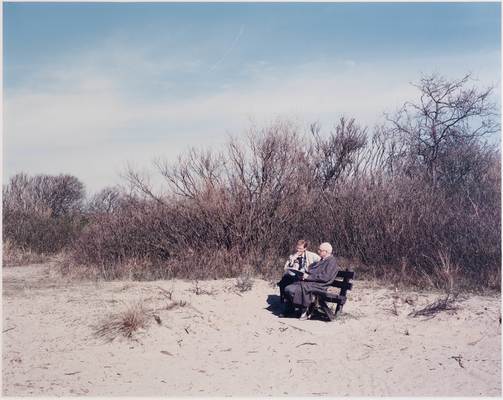
Description
It didn't take Andreas Gursky long to become one of Germany's most successful photographers. A central theme of his work is the relationship between man and his surrounding space. Gursky photographs views captured from dizzying heights or from afar, distancing himself from his subjects. This distance exposes their ornamental structure while obtaining an overview of landscapes and vast interior spaces that the eye simply cannot attain from a real perspective. Alongside urban scenes such as Autosalon Paris, Gursky's oeuvre also includes images of nature such as Aletschgletscher and Giordano Bruno. Eschewing traditional photography, Gursky makes no attempt to capture the perfect moment with his camera but instead manipulates his pictures using digital techniques, splicing various images together, removing jarring details or skewing the color scheme. In this way, he emphasizes the question raised by photography of the relationship between image and reality.
Gursky studied photography under Bernd and Hilla Becher. Like Thomas Struth, he is one of our most important living photographers and – together with Candida Höfer and Thomas Ruff – is a proponent of the Dusseldorf School of Photography.Details
- Work Date:
- 1989
- Location:
- UBS Zurich, Paradeplatz
- Dimensions:
- 79 x 100 cm
- Medium:
- Photography